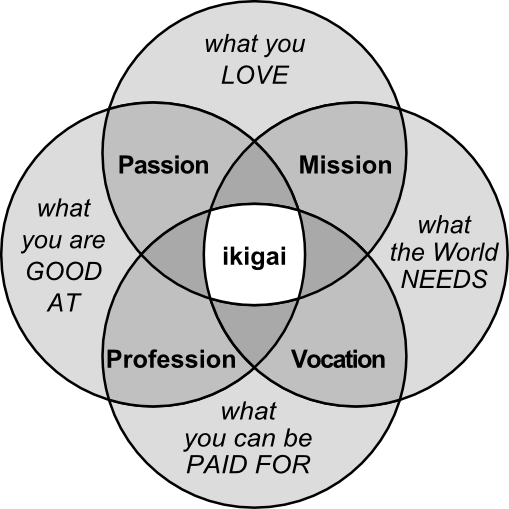Some of you might still remember Clippy, also known as the most annoying office assistant (https://en.wikipedia.org/wiki/Office_Assistant). Clippy died with a new version of MS Office. Time for a new ‘less is more’ in office software: Let’s get rid of ‘Track changes’.
Let’s be honest, track changes is about the past. Literary: it shows the past, it is about control, it’s about showing off (“yes, I’ve added something to this”) or getting away from your responsibility (“this document is created by everybody”).
Track Changes comes from a linear world where people work on a document in a linear way: I write something, you add things, a boss reviews and changes things back to the original state (without even realising it is a step back), and you and up with a ‘compromis-à-la-Belge’. This can be good in political situations, but is often the worst option in texts (whether it is copywriting for a customer or an internal document stating requirements for your next product). It lacks cohesion, passion and vision.
And yes, it always looks like a complete mess!

Things aren’t linear: you work on something in parallel. You get input from various people, but you should take responsibility for delivering a good text, not a bunch of rubbish where everybody recognises a little bit, but nobody is really happy (let alone feels enthusiast).
Today’s world is about creating ideas together (in real time), but taking responsibility (yeah, you!) in delivering the end result to the customer, the world,…
Happy writing!


